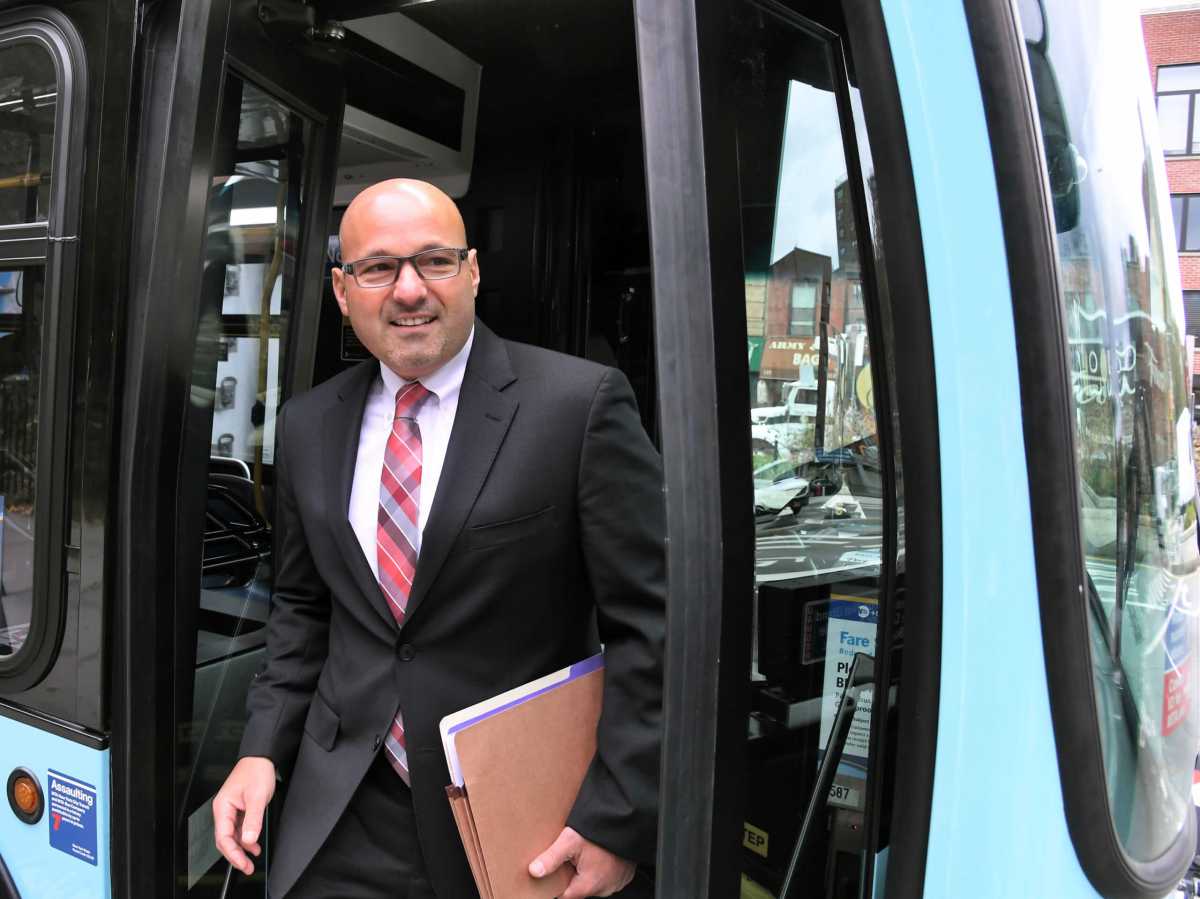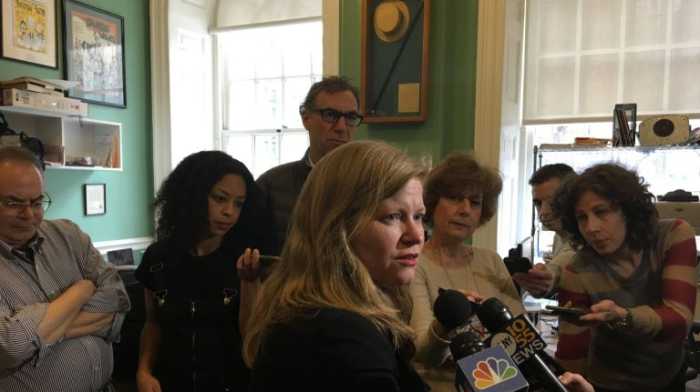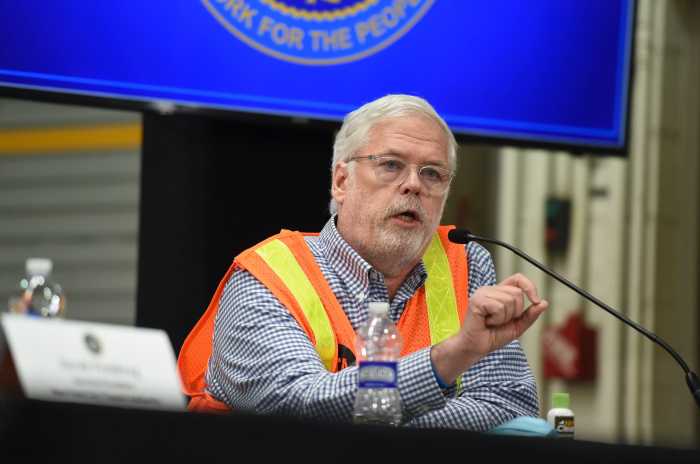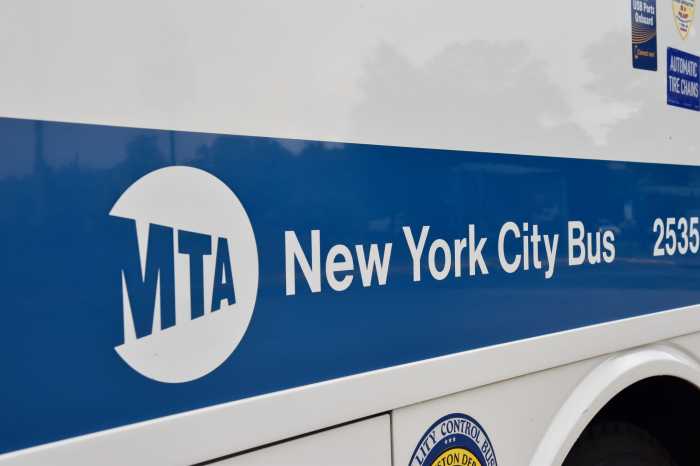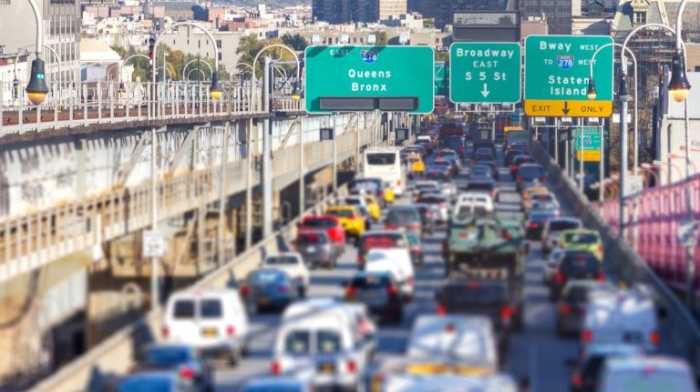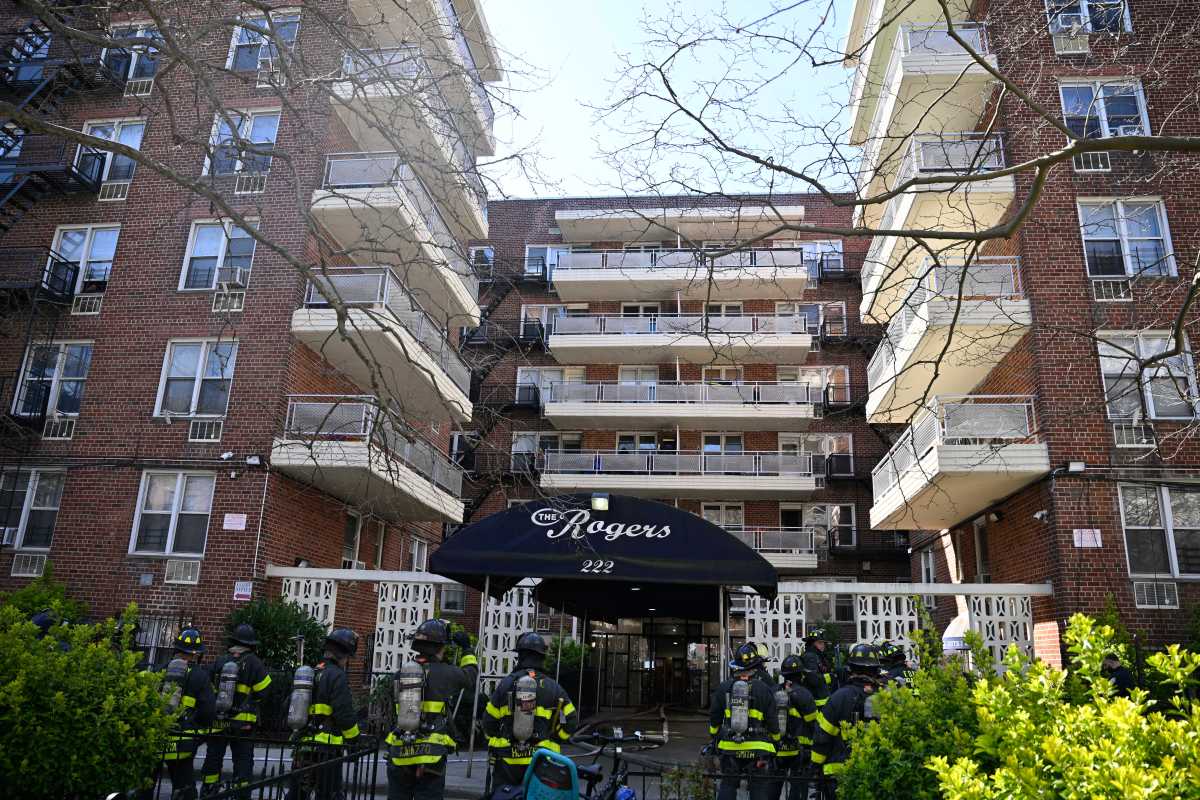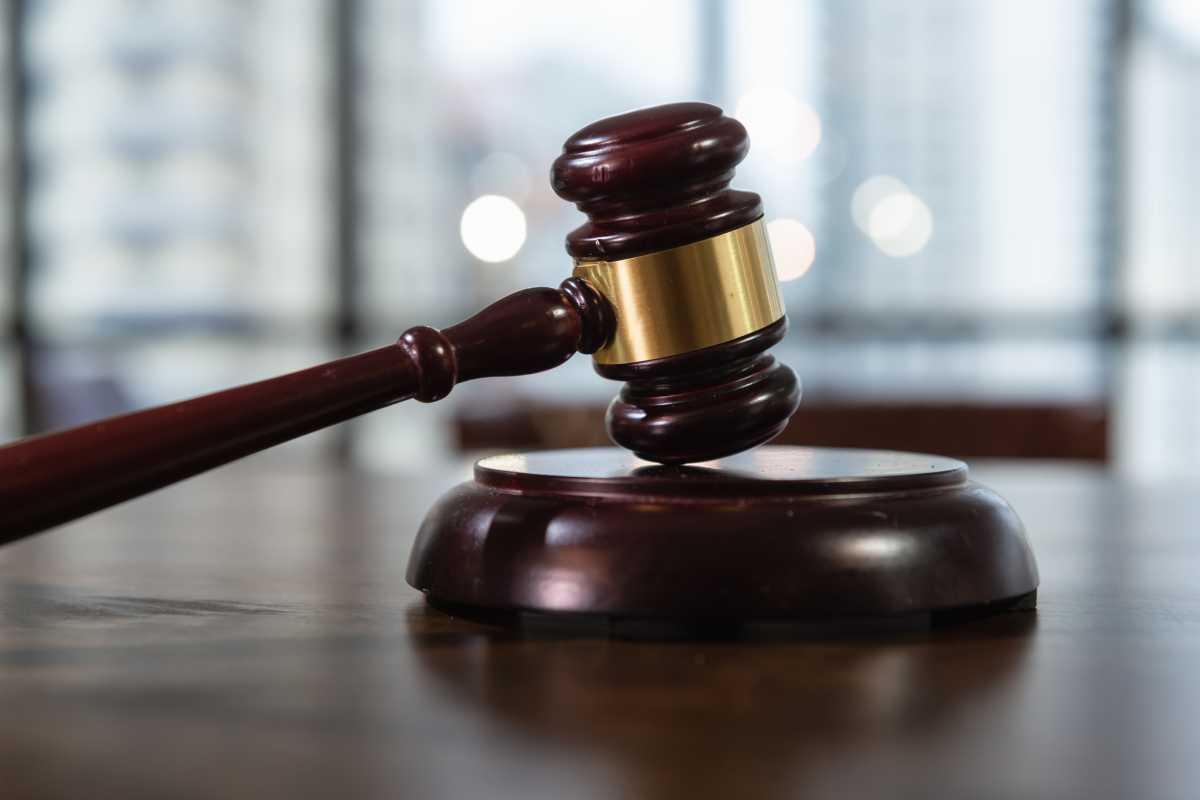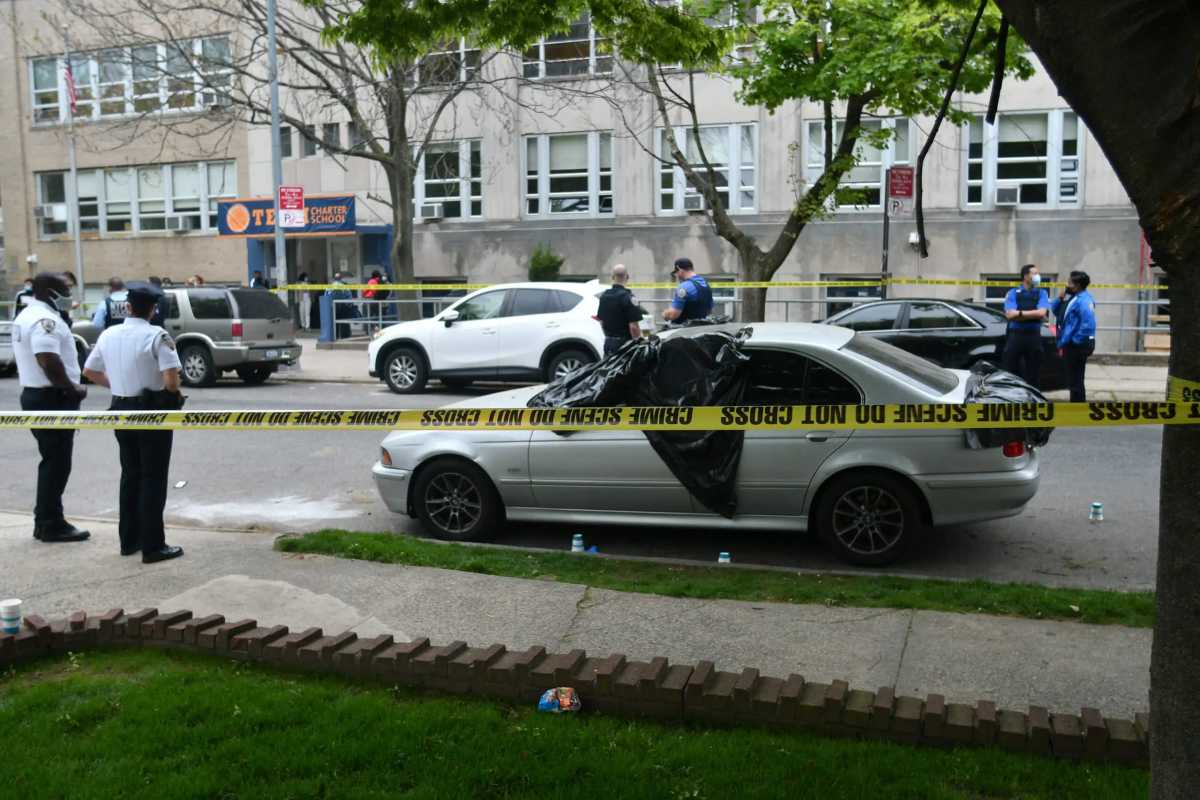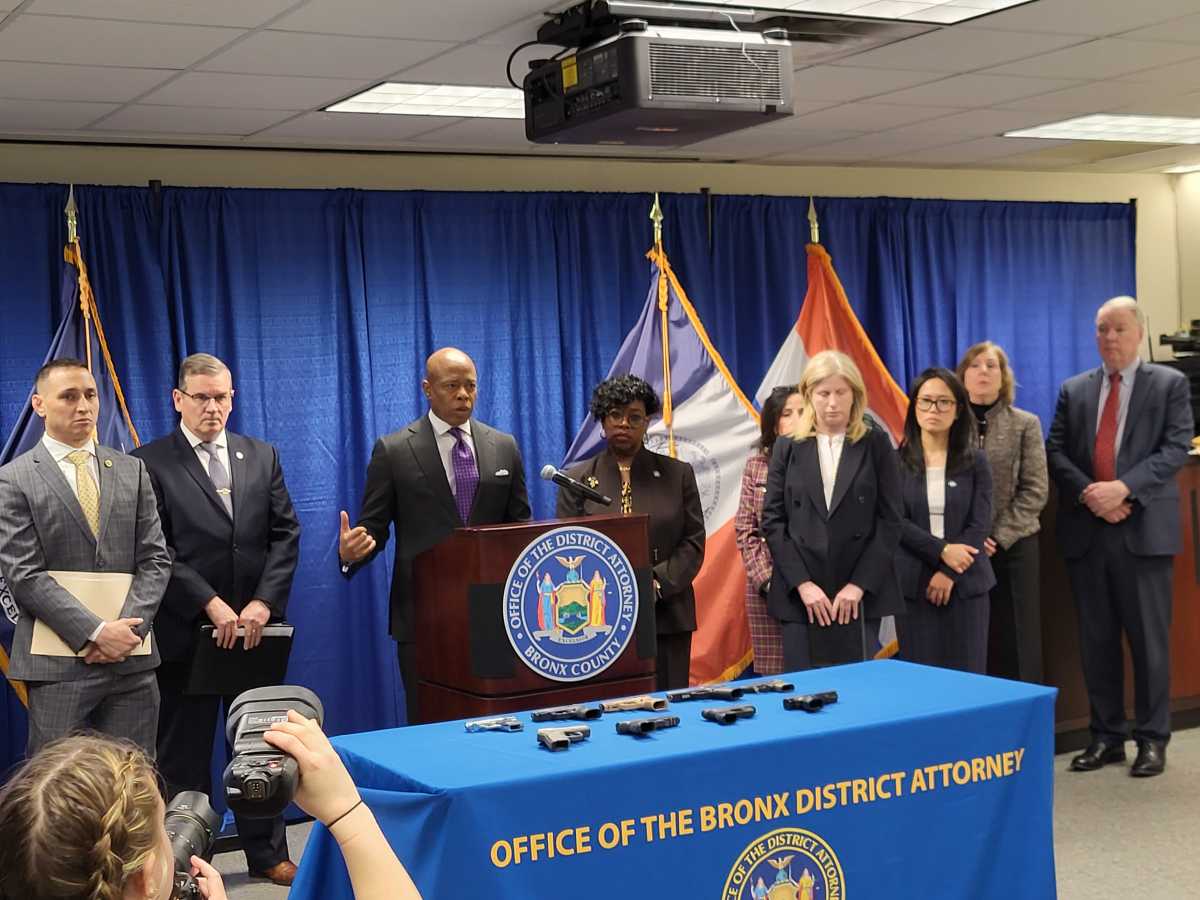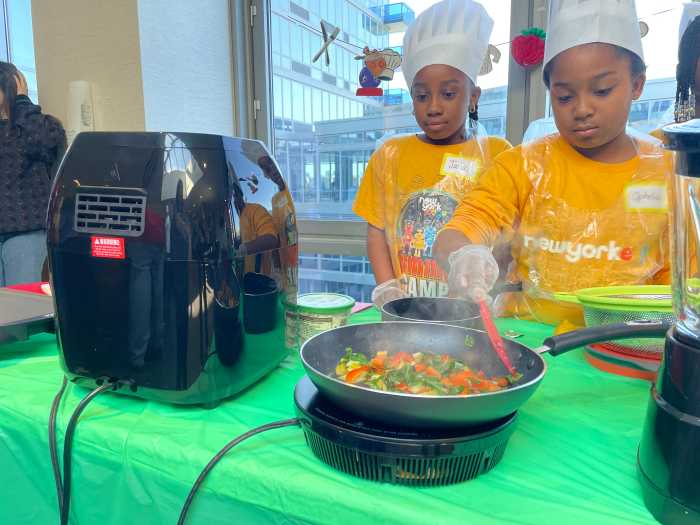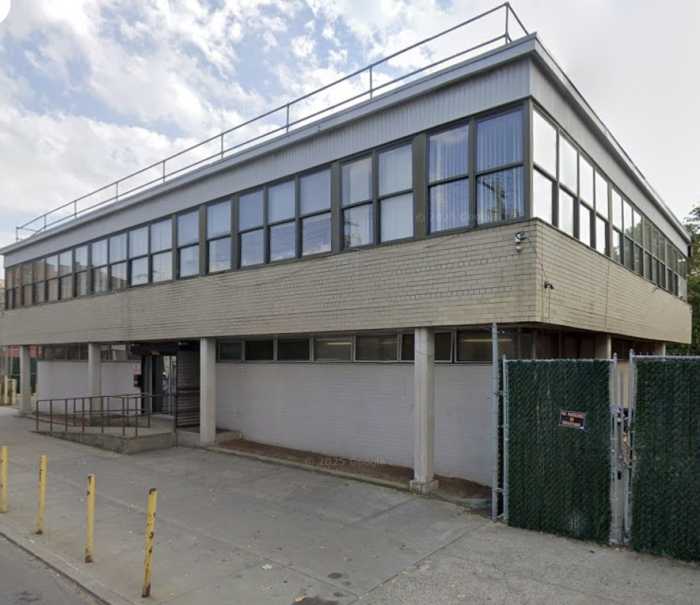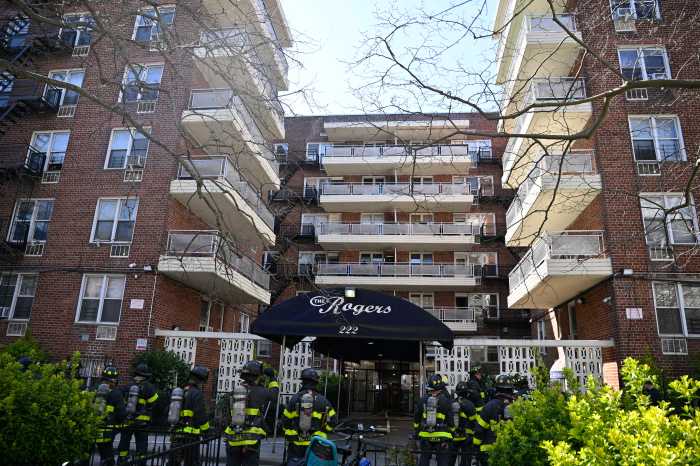While these last six weeks have been challenging for all of us, the team at NYC Transit remains laser focused on providing the best service possible to support the city’s continued recovery.
This week, we’re thrilled to bring back the W train, after restoring service on the A, B, J, Z, 6, and 7 lines last week. They were temporarily suspended to accommodate a spike in operator absenteeism caused by the Omicron surge. I am now happy to say that these crew shortages, which began in December and spiked during the first week of January, appear to be trending downwards. It seems the worst is finally behind us.
I am incredibly proud that throughout this period, Transit has been nimble enough to adjust schedules on the fly, so we could continue providing strong, round the clock service at all 472 subway stations and 16,000 bus stops. Thanks to the hard work of all our employees and members of the leadership team, we were able to deliver 85-90% of scheduled service for approximately 45% of ridership.
We accomplished this by attacking the crew shortage issue on multiple fronts. We set up a reporting and project management oversight system to keep leadership informed of absences and trends, so that we could assign crews where they’re most needed.
We partnered with our unions, set up regular communication and close monitoring at our crew offices and implemented strategic changes to scheduled service to maximize the effectiveness of our crews.
Apart from these service impacts, Transit’s most pressing challenge relates to safety.
I am heartbroken over the senseless murder of Michelle Alyssa Go in our system earlier this month. Our thoughts and prayers go out to her family. Every New Yorker deserves to have peace of mind while traveling with us, whether it’s on the subways, on our buses or by our paratransit service.
MTA leadership has been in close contact with Governor Hochul and Mayor Adams, and we are working with Police Commissioner Keechant Sewell, Deputy Mayor Phillip Banks, and Department of Social Services Commissioner Gary Jenkins to discuss next steps we can take to create a more secure environment for our customers and find a better way to help the city’s most vulnerable. While it’s true that the transit system is safe overall, the reality is that even one violent incident is too many, and we need to do more.
For the good of New York’s recovery, people must continue coming back to mass transit. Before Omicron hit, subway ridership reached a pandemic high of 3.4 million daily users on Dec. 9, while Buses were serving more than 1.5 million riders a day. Even more impressive, paratransit use had jumped to 80% of pre-COVID levels, or 22,000 daily trips.
Those numbers have started to come back in recent days and if they’re going to fully rebound, we must be able to promise New Yorkers a system that not only is safe and reliable, but it also feels safe.
Craig Cipriano is interim MTA New York City Transit president.



